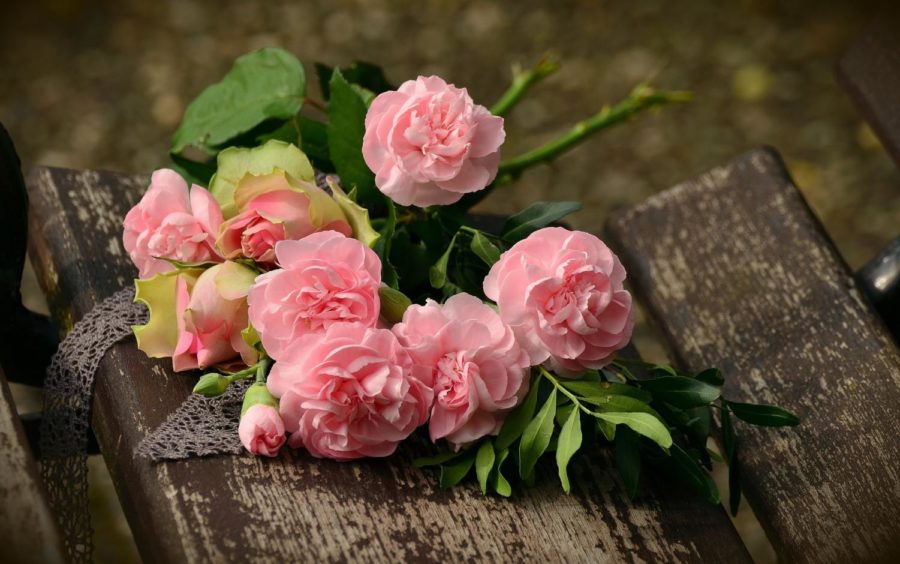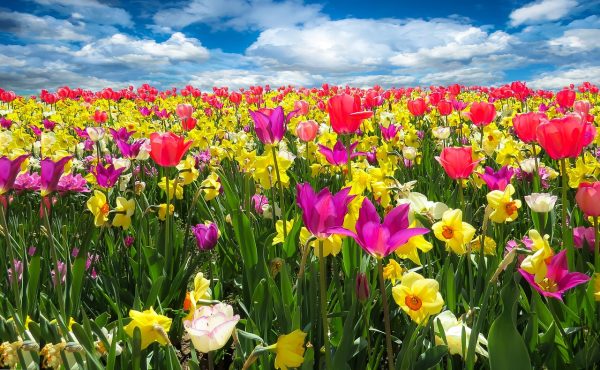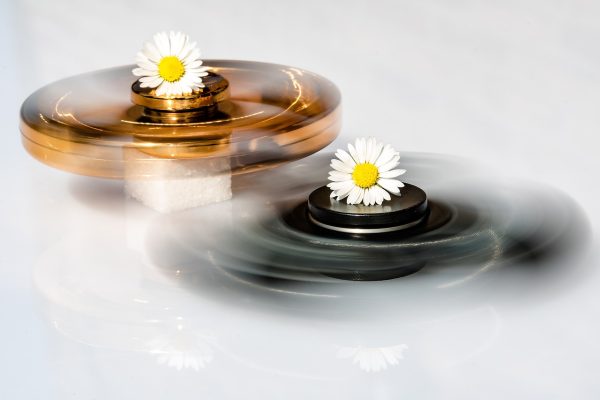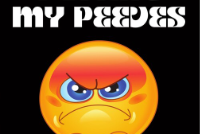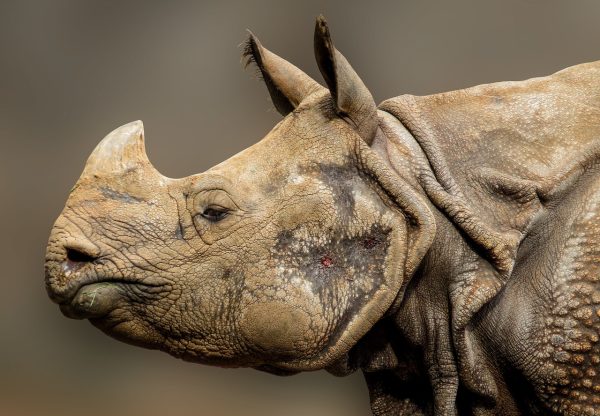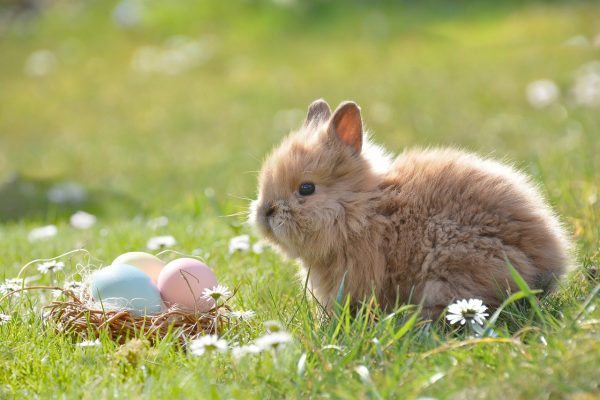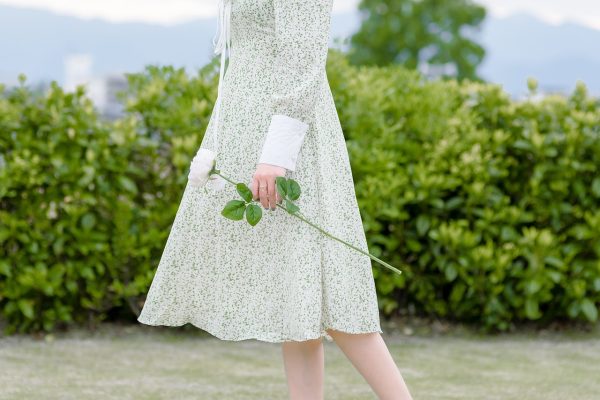What’s Your Birth Month Flower(s)?
?BAM!? And just like that, another month passes in the blink of an eye.
Now, it’s April and you know what they always say (or not), “April showers bring, May flowers!” Ah, yes, flowers…one of the many beautiful, unique, and delicate creations of Mother Nature.
How is this related to anything at all? Well, it just so happens that every month has, not one, but two, designated flowers; the birth flower and the secondary flower! Why is this a thing? I don’t have a single clue, but at the end of the day, it doesn’t matter! It’s just fun to know, ya know? And, with that, let the infodumping (seriously, it’s a lot…I regret everything) about flowers begin!?
January: Carnation & Snowdrop
❀ The scientific name for Carnation is Dianthus Caryophyllus.
❀ Carnations, like most flowers, come in many different shapes and colors (either naturally or through selective breeding). Different colors have different meanings (although they vary depending on one’s culture):
- (Natural) Pink ?: Meaning gratitude.
- (Selective breeding) Red ❤️: Meaning admiration and love.
- (Selective breeding) Orange ?: Meaning happiness and health.
- (Selective breeding) Yellow ?: Meaning disappointment and rejection.
- (Selective breeding) Green ?: Meaning being queer (if wore on lapel, the side of a suit), the symbol was created in 1892 by Oscar Wilde.
- (Selective breeding) White ?: Meaning purity and luck.
❀ The scientific name for Snowdrop is Galanthus.
❀ Snowdrops are one of the first flowers to bloom when Spring comes around.
❀ The petals of the Snowdrop are white and because of this (and the fact stated before this), they represent hope, purity, and new beginnings.
February: Violet & Primrose
❀ The scientific name for Violet is Viola odorata.
❀ Despite their name being the color violet, Violets actually come in a variety of colors. That being said, the variations do still have the color violet in their petals to a certain extent.
❀ Typically, violets mean modesty, everlasting love, and humility.
❀ The scientific name for Primrose is Primula vulgaris.
❀ Like the Snowdrop, the Primrose is one of the first flowers to bloom in Spring and therefore, have similar meanings.
❀ The Primrose comes in a variety of shapes and colors, including but not limited to:
- (Natural) Red ❤️: Meaning passion and young love.
- (Natural) Yellow ?: Meaning happiness and warmth.
- (Natural) White ?: Meaning sadness and mourning (if you’ve ever read and/or watched The Hunger Games series, this hits hard).
March: Daffodil & Jonquil
❀ The scientific name for Daffodil is Narcissus.
❀ Like the Snowdrop and Primrose, it too is one of the flowers that begin to bloom in Spring, and again, has similar meanings.
❀ In China and Wales, the flower is believed to bring wealth. ???
❀ Not all Daffodils are yellow! They can come in white, pink, and orange, (with or without hints of yellow) ranging from bright to pastel tones. Their colors, however, don’t have much of a meaning aside from the typical yellow ? = joy and happiness and white ? = innocence and purity.
❀ The scientific name for Jonquil is Narcissus Jonquilla.
❀ Jonquils are a variation of Daffodils.
❀ Like the Daffodil, the Jonquil comes in white, pink, (hues of) yellow, and orange.
April: Daisy & Sweet Pea
❀ The scientific name for Daisy is Bellis perennis.
❀ Daisies come in a variety of colors (that have very typical meanings) including but not limited to:
- (Natural) Pink ?: Meaning adoration and admiration.
- (Natural) Red ❤️: Meaning love and romance.
- (Natural) Orange ?: Meaning joy and warmth.
- (Natural) Yellow ?: Meaning happiness and friendship.
- (Natural) White ?: Meaning innocence and purity.
❀ Like the other flowers previously mentioned, Daisies bloom when Spring…springs.
❀ The scientific name for Sweet Pea is Lathyrus odoratus.
❀ Since the color thing is getting repetitive (if I have to write that yellow means joy or white means innocence one more time, I’m gonna lose it), here’s a more interesting fact: Sweet peas have around 29 different varieties, with the most fragrant being called the King’s High Scent.
May: Lily of the Valley & Hawthorn
❀ The scientific name for Lily of the Valley is Convallaria majalis.
❀ Although the name of the flower has the word Lily in it, it actually isn’t one. It’s actually part of the asparagus family!
❀ During WWI, this flower was used to combat gas poisoning. Furthermore, it’s used to treat heart disorders, burns, epilepsy, and many other types of pains/injuries! ❤️?
❀ The scientific name for Hawthorn is Crataegus.
❀ These flowers grow on Hawthorn trees and are incredibly resilient.
❀ Like it’s companion flower, Hawthorns are used in medicine to support heart health. ?
June: Rose & Honeysuckle
❀ The scientific name for Rose is Rosa.
❀ Roses are the most popular flower around the world and is known as the “queen of the garden.”
❀ Roses are a popular symbol of love. In fact, for Valentine’s Day, it’s estimated that over 224 million of them are grown for the holiday! ?
❀ The scientific name for Honeysuckle is Lonicera.
❀ Hummingbirds are a big fan of these flowers! ? (I know that’s not a hummingbird, but let’s just pretend that it is.)
❀ Honeysuckle are used for, along with some other flowers, superstitious reasons. It’s said to help ward away witches and evil spirits. ?♀️ (I could have sworn there was a witch emoji…)
July: Larkspur & Water Lily
❀ The scientific name for Larkspur is Delphinium.
❀ Larkspur have an incredibly vibrant color, and like most vibrant colored things in nature, they’re poisonous! ? (Probably best not to have these in your garden…)
❀ Funnily enough, they still have positive connotations such as positivity, strong bonds of love, and sincerity.
❀ The scientific name for Water Lily is Nymphaeaceae. ?
❀ Water lilies are very beneficial to their environment! The pads of the flowers rest on water, providing shade and protection from predators for fish and keeping the water cooler which prevents algae from growing!
❀ In Buddhism and Hinduism, Water lilies represent rebirth (the flower closes itself at night and reopens itself when the sun rises) and enlightenment (the flower blossoms in mud).
August (the superior month, yes it’s my birthday month): Gladiolus & Poppy
❀ The scientific name for Gladiolus is…Gladiolus…nice.
❀ The flower is sometimes referred to as “sword lily” as its leaves resemble blades. ?️
❀ Ancient Romans prized these flowers and would toss them to victorious gladiators. (Whether or not that’s entirely true, you have to admit that’s pretty cool. ?)
❀ The scientific name for Poppy is Papaver.
❀ Poppies are used as a tribute to fallen soldiers on Memorial Day. This is because red poppies were the first flowers to grow on the battlefields of the Napoleonic Wars and WWI after they were over.
❀ If you’re not careful, you can accidentally spell “poppy” as “poopy”. ? I know this from experience.
September: Aster & Morning Glory
❀ The scientific name for Aster is…Aster…huh, it happened again.
❀ The flower is named after the Greek word (αστέρι or astéri) for star because of it…well, it looks like a star, duh. ⭐
❀ This flower was considered sacred to Greek and Roman deities.
❀ The scientific name for Morning Glory is Ipomoea.
❀ Like Water Lilies, they open during the morning (hence the name) and close during the night.
❀ These flowers are excellent for attracting hummingbirds and butterflies. ?
October: Marigold & Cosmos
❀ The scientific name for Marigold is Tagetes.
❀ These flowers are beginner friendly as they’re very easy to grow and grow rapidly!
❀ Marigolds are excellent at repelling deer ? and rabbits ? as the flower’s fragrance is unpleasant for them.
❀ The scientific name for Cosmo is Cosmos bipinnatus.
❀ Despite their delicate, daisy like appearance, these flowers are incredibly resilient and are able to survive very harsh conditions.
❀ You may recognize the name “Cosmo” from the character Cosmo in Fairly Odd Parents. ?♂️
November: Chrysanthemum (no second flower, damn)
❀ The scientific name for Chrysanthemum is…Chrysanthemum! Wow!!
❀ These flowers are very common in East Asia, with them first being grown in China.
❀ Chrysanthemum is the official flower of Chicago! ? (Now I want pizza…)
December: Narcissus & Holly
❀ The scientific name for Narcissus is Narcissus…
❀ I think these are actually just Daffodils…sorry.
❀ The scientific name for Holly is Ilex aquifolium.
❀ The leaves of the Holly are very sharp and tough. ?
❀ DECK THE HALLS WITH BOUGHS OF HOLLY, FA-LA-LA-LA-LA–they’re very popular as decorations during the Christmas season.
OKAY, AND THERE WE HAVE IT!!!!!! IT’S FINALLY OVER! Those are all the birth flowers and little fun facts about them! I hoped you enjoyed it because I sure as hell didn’t (I’m just kidding). I don’t know what else to say, although I’ve clearly said enough, so…toodles!

